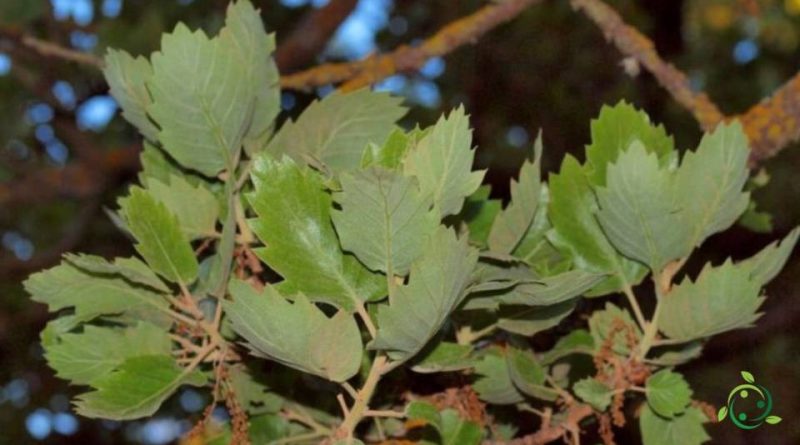How the Valonia oak is grown
How the Valonia oak is grown
The Valonia oak (Quercus ithaburensis subsp. Macrolepis (Kotschy) Hedge & Yalt.) is an arboreal species of the Fagaceae family native to the south-eastern Mediterranean regions, from Italy to the Middle East and Asia Minor. In our country it is present only in two areas, in Tricase in Puglia and in Matera in Basilicata.
It is a typical plant of arid woods on calcareous soil where it forms mixed woods with holm oak, thorny oak and downy oak.
This oak has male flowers that are placed in filiform yellowish catkins, while the female ones are sessile on the branches, are solitary or at 2-3. The fruit is an acorn that ripens in the second year, ovoid, large, with brown pericarp when ripe and a large dome covered with large flattened scales.
Cultivation –
The Valonia oak is a heliophilous and xerophilous plant that thrives well in areas with a Mediterranean climate with high autumn rains and on poor calcareous soils, in arid fields and woods. However it is not a rustic species.
This oak propagates starting from the seed that is collected immediately after harvesting, as for all oaks, also because the seeds quickly lose their vitality. The planting of the seedlings must be carried out at a very young age (within two years) since its root system absolutely does not tolerate disturbances. Alternatively, sowing can be carried out directly in the home, protecting the acorns and seedlings from mice and squirrels. It can bear partial shading only in the juvenile stage.
As for pruning, it is recommended not to prune it as it gives its best if left free to expand and grow as it prefers, but if pruning is necessary, the plant has no problem withstanding it.
Uses –
Some varieties of the Valonia oak have been selected that have sweet and edible acorns and for many centuries they have been used for human nutrition.
The domes, on the other hand, can contain up to 50% of high quality tannin that were marketed under the name of “Valonia” with a large and profitable market for leather tanning, until the competition of chestnut tannin, which was sold to much lower price, has not permanently replaced the cultivation of this species.

